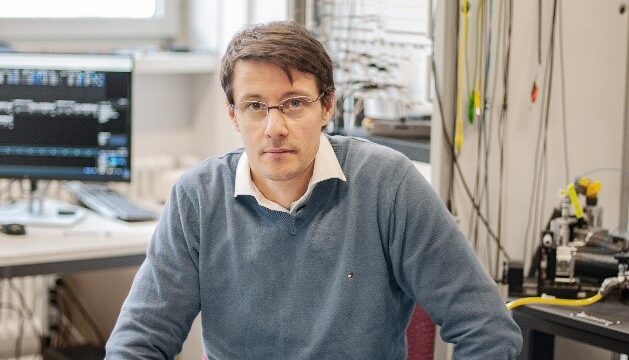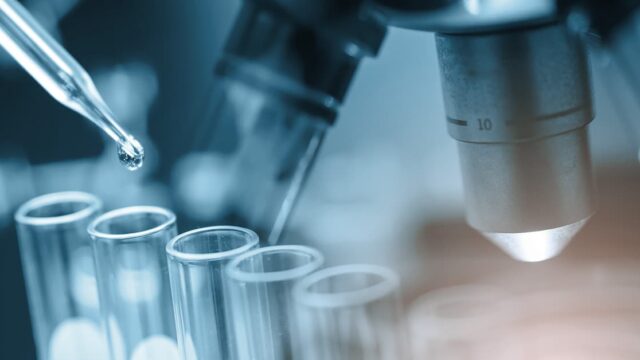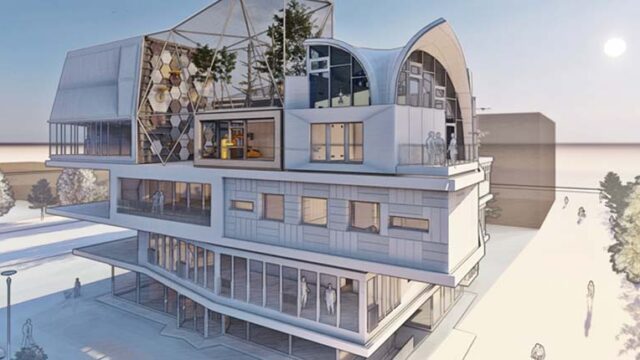
WSL takes social factors into account when choosing a location for renewables
Forschende von Eidgenössischer Forschungsanstalt für Wald, Schnee und Landschaft (WSL) und Eidgenössischer Technischer Hochschule Zürich wollen bei der Standortwahl für Erneuerbare auch soziale Faktoren einbeziehen. Bisher waren technische und wirtschaftliche Faktoren entscheidend.
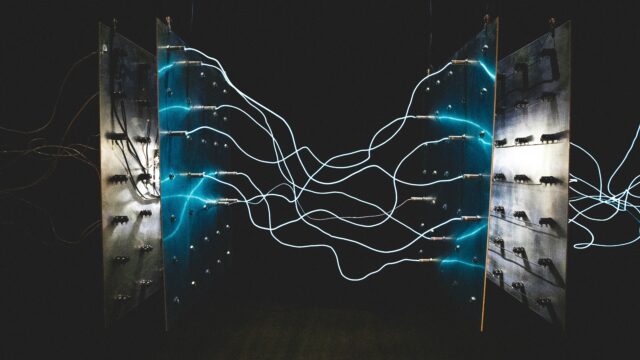
Efficient utilisation of building heat – EMPA’s HEATWISE project
The EU project HEATWISE, supported by a consortium of European companies and research institutions, aims to fully integrate the waste heat from IT infrastructures into the heating systems of buildings. This approach pursues the ambitious goal of establishing a zero-waste principle in the energy

Researchers develop scenarios for Biel hospital site
Forschende der Berner Fachhochschule haben Vorschläge für die Transformation des freiwerdenden Spitalareals im Bieler Beaumont-Quartier erarbeitet. Damit wollen sie aufzeigen, welche architektonischen, städtebaulichen und soziokulturellen Chancen sich daraus ergeben

This wall paint cleans itself and breaks down harmful substances
A ground-breaking wall paint developed by scientists at the Vienna University of Technology enables the self-cleaning and chemical degradation of air pollutants. This innovative solution not only solves the problem of frequent renovations, but also helps to improve indoor air quality, which is in
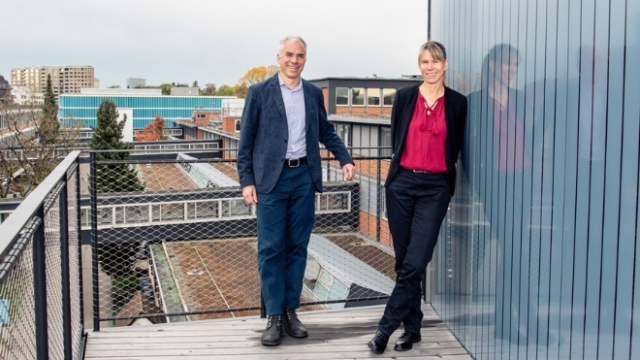
The CO2-neutral future as a common goal
Tanja Zimmermann and Martin Ackermann, Directors of Empa and Eawag, are researching ambitious projects to find solutions to the climate crisis. At the centre of their efforts is the vision of extracting CO2 from the atmosphere and converting it into valuable materials in order to counteract climate

Revolution in descaling technology
A polymer hydrogel developed by researchers at ETH Zurich and the University of Berkeley promises to effectively combat a long-term problem in households and industries - limescale build-up. This innovation could improve energy efficiency and significantly reduce the environmental impact of power
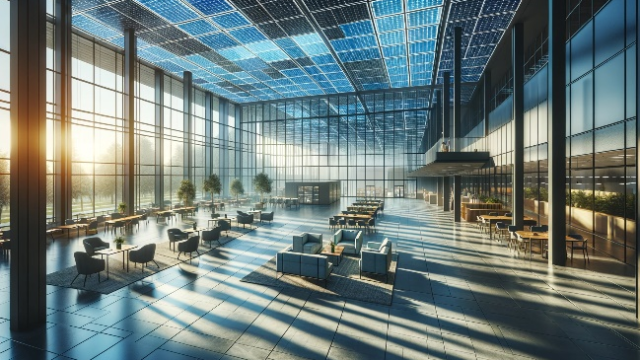
Integration of photovoltaics in building façades
The SolarEnvelopeCenter research project, supported by the German Federal Ministry for Economic Affairs and Climate Protection and led by Fraunhofer ISE, aims to revolutionise the use of photovoltaics (PV) on building façades. By developing standardised solutions, the technical and economic
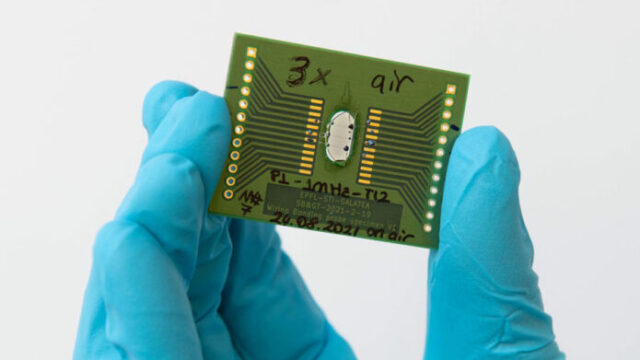
EPFL researchers make electricity from glass panes
Researchers at the Swiss Federal Institute of Technology in Lausanne (EPFL) have discovered a possible form of energy generation using specially engraved glass windows. Photoconductive circuits are printed directly onto a glass surface using a femtosecond
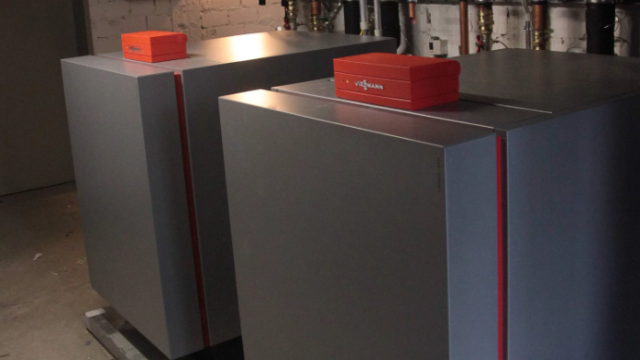
Long-term cost benefits and environmental friendliness of heat pumps
A recent study by the Fraunhofer Institute for Solar Energy Systems ISE shows that heat pumps and district heating are not only more environmentally friendly as heating systems, but also more cost-efficient than gas heating in the long term. The analysis, which covers a period of 20 years, takes
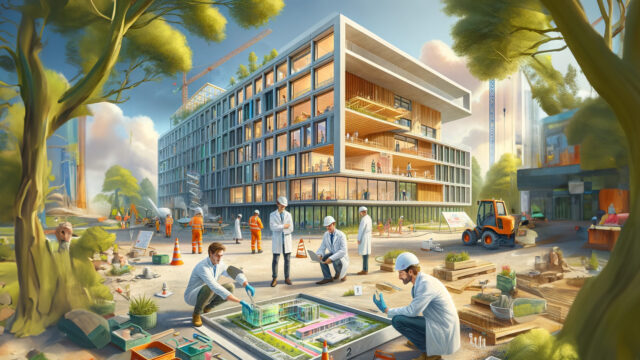
Implenia and Empa join forces for CO2-negative building materials
Implenia is joining forces with the Swiss Federal Laboratories for Materials Science and Technology (Empa) to realise a new unit on the NEST research and innovation platform. The Beyond Zero Unit is dedicated to research into CO2-reduced and CO2-negative building

Historic recipes make concrete more sustainable
A team from the Swiss Federal Institutes of Technology in Zurich and Lausanne and the architecture firm Archiplein have developed a recyclable, non-reinforced concrete using old techniques from historical archives. This reduces the use of CO2-intensive binding
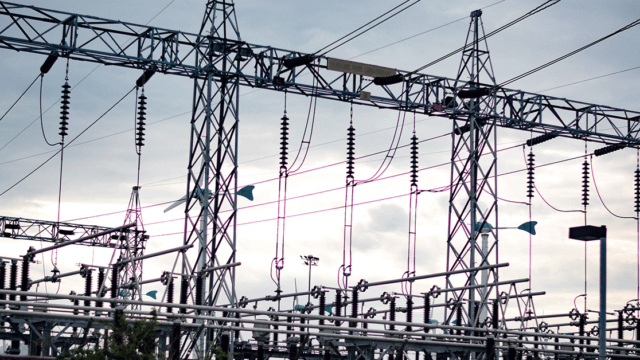
ABB invests 500 million euros in electrification
ABB will die Energiewende durch die Entwicklung von Lösungen für die Stromverteilung unterstützen. Die Europäische Investitionsbank unterstützt die Innovations- und Forschungstätigkeit der Zürcher Technologiefirma mit einem Darlehen über 500 Millionen
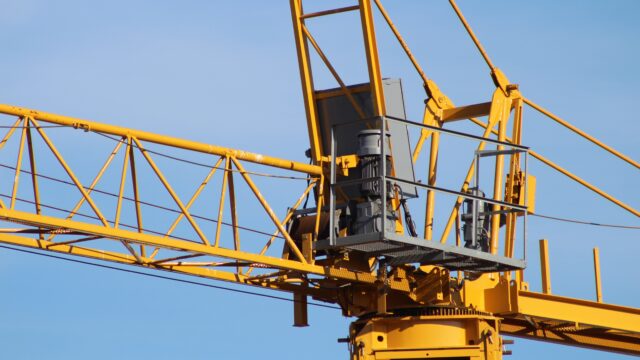
Implenia wins two building construction projects in Germany
Implenia has been awarded two building construction projects in Germany. The construction and real estate company will realise two construction phases of an urban campus in Berlin and an office building in Essen. The contracts have a total volume of 100 million
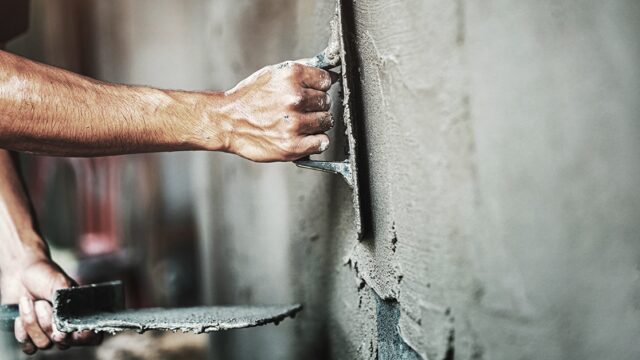
Empa researches clay as a sustainable building material
Empa researcher Ellina Bernard is working to establish clay as a sustainable alternative to concrete. To this end, additives are being sought and standards for composition and load-bearing capacity are being defined. The project is funded by the SNSF with an Ambizione
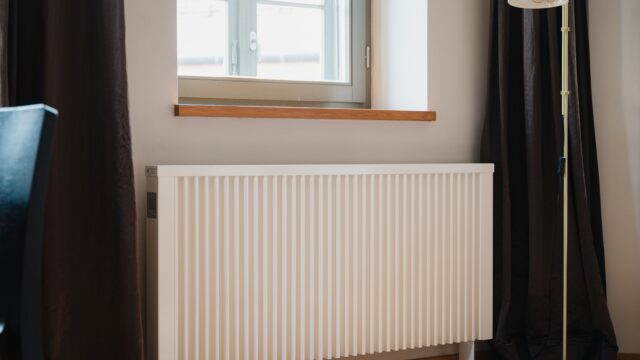
Heating control from Yuon Control saves 20 percent energy
Researchers at the Lucerne University of Applied Sciences and Arts have shown that the self-learning, predictive heating control system developed by the Bernese start-up Yuon Control saves an average of 20 percent energy and thus CO2. It can be used in all types of residential

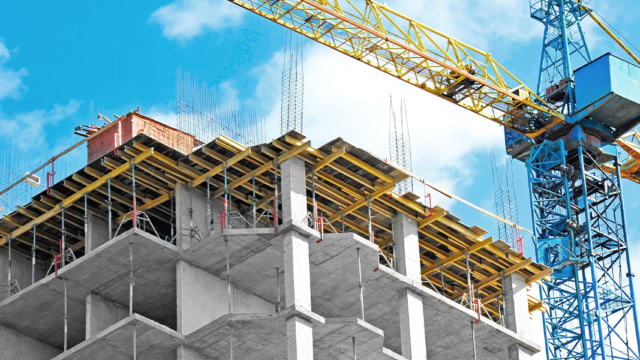
Zum umweltfreundlichen Spital mit «Best Practices»
Das Forschungsprojekt „Green Hospital – Ressourceneffizienz bei Schweizer Spitälern“ füllt die Lücke ganzheitlicher Umweltbewertungen im Gesundheitssektor. Die Studie hat praxisnahe Maßnahmen identifiziert, die Spitäler effizienter und umweltfreundlicher gestalten können. Dabei stehen
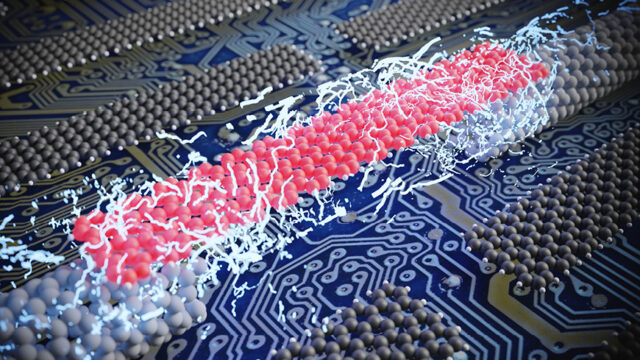
Quantum technology from carbon
Nanoribbons of graphene have extraordinary properties that can be precisely controlled. Researchers at Empa, Peking University and the University of Warwick have succeeded for the first time in attaching electrodes to individual nanoribbons with atomic precision. They are thus paving the way for a
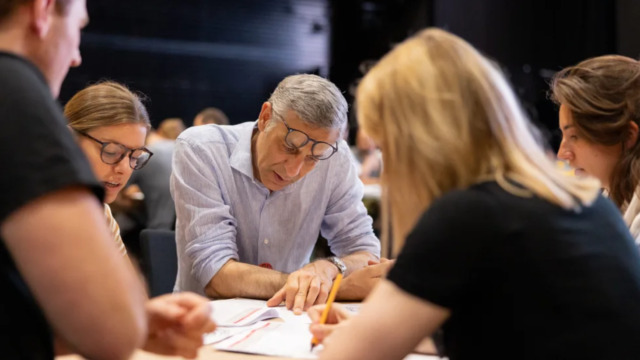
Wüest Partner receives Great Place to Work certification
Wüest Partner has been awarded Great Place to Work certification for both Germany and Switzerland. With this certification, the international research and consulting institute Great Place to Work® recognises Wüest Partner's special commitment to shaping workplace

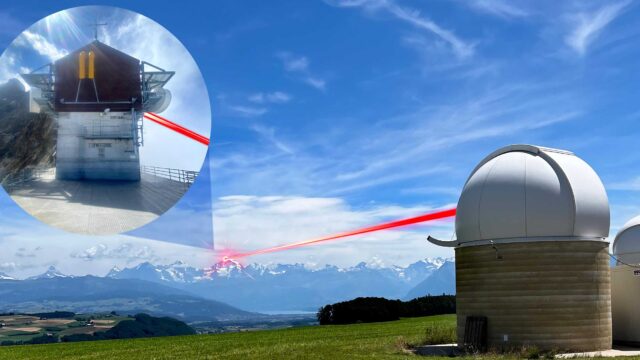
Lasers enable internet backbone via satellite
Optical data communication lasers can transmit several dozen terabits per second despite many disturbing air turbulences. This has been demonstrated by scientists from ETH Zurich together with European partners between the Jungfraujoch and Bern. This should soon make the costly construction of

Armasuisse builds alpine small wind solar plant in Surselva
In the Surselva region, construction of a combined test facility for the use of wind and solar energy for alpine electricity generation will begin in August. The project is being realised by armasuisse Real Estate with partners from business and
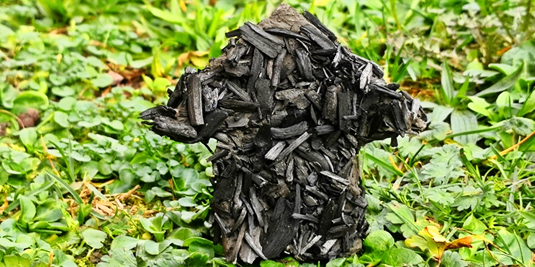
Plant-based insulation as a CO2 sink?
Empa researchers want to develop a new type of insulating material from plant-based raw materials from waste, WHICH permanently binds the CO2 it contains by means of a special heat treatment - and thus acts as a CO2 sink. After the buildings have been deconstructed, this "plant carbon" together

ETH fire simulator tests timber construction elements
Researchers at the Swiss Federal Institute of Technology Zurich (ETH) have developed a new fire simulator. The stove can simulate various fire situations and is suitable, among other things, for tests in planned constructions of high-rise buildings made of



